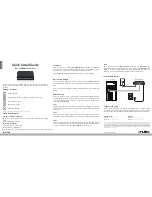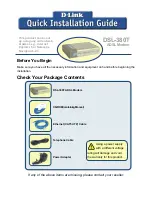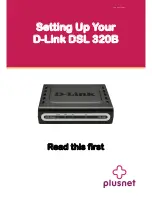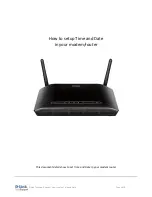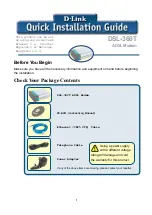
Q-Flex Satellite Modem Installation and Operating Handbook
6-60
packet loss and/or delays more than others). When the buffer is full then received packets
will be dropped until space in the buffer is freed up.
It is generally desirable for the terrestrial buffer to be set so that packets are not dropped
unnecessarily before they have been assessed by the traffic shaper as to priority, etc. At
the same time, a large buffer could result in stale data being kept, which it might be better
to drop by making the buffer smaller so that only the most recent data is kept in an
overload situation.
6.2.3.2 Satellite Buffer Size
The satellite buffer is used to buffer IP packets ready for transmission over satellite. The
buffer is situated after all internal packet processing has been completed, including traffic
shaping and encapsulation. Satellite delay and the quality of the service in general can be
controlled by the size of this buffer. The buffer should be set large enough to even out
peaks and troughs in throughput that would result from setting an extremely small buffer.
Setting the buffer larger than necessary could result in large packet delays building up
should more packets be available than can be transmitted. The traffic shaper can be used
to ensure that the combined output from all classes of traffic does not exceed the
available satellite bandwidth, even when ACM (which dynamically adjusts the data rate) is
active.
The optimal size for the buffer depends on the link data rate, the packet sizes, the
number of packets and the specific application (some applications being able to tolerate
packet loss and/or delays more than others). When the buffer is full then new packets for
transmission will be dropped until space in the buffer is freed up.
6.2.3.3 Ethernet Address Learning
By default, Ethernet (or MAC) address learning is not enabled on the modem. This helps
to protect against the possibility of traffic storms caused by inadvertent loops in the
network.
However, when the 4-port Ethernet expansion switch is fitted to the modem then it is
strongly recommended that Ethernet address learning is enabled. If address learning is
disabled when the 4-port switch is fitted then traffic sent to one port will also be flooded
onto all other ports since the modem will be unaware of which devices are connected to
which switch port. While a small amount of flooding is acceptable as a means of
automatically detecting and adapting to changes in the network, it is undesirable to do it
all the time. This problem does not arise when only a single IP traffic port is available on
the modem.































